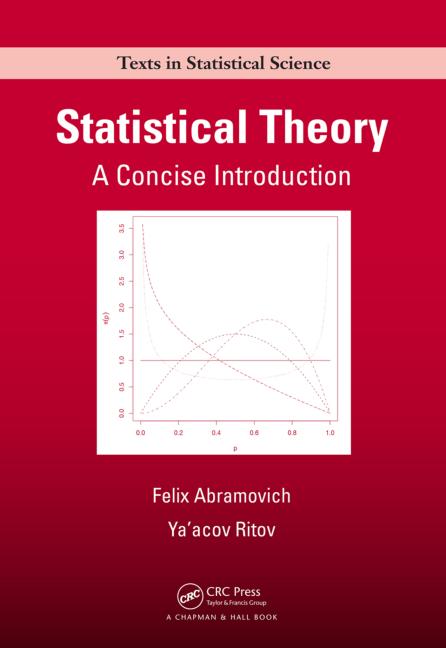We consider the problem of finding the initial vertex (Adam) in a Barab\'asi--Albert tree process $(\mathcal{T}(n) : n \geq 1)$ at large times. More precisely, given $ \varepsilon>0$, one wants to output a subset $ \mathcal{P}_{ \varepsilon}(n)$ of vertices of $ \mathcal{T}(n)$ so that the initial vertex belongs to $ \mathcal{P}_ \varepsilon(n)$ with probability at least $1- \varepsilon$ when $n$ is large. It has been shown by Bubeck, Devroye & Lugosi, refined later by Banerjee & Huang, that one needs to output at least $ \varepsilon^{-1 + o(1)}$ and at most $\varepsilon^{-2 + o(1)}$ vertices to succeed. We prove that the exponent in the lower bound is sharp and the key idea is that Adam is either a ``large degree" vertex or is a neighbor of a ``large degree" vertex (Eve).
翻译:我们考虑在Barab\'asi-Albert树过程中找到初始顶点(Adam)的问题, 问题在于在大的时候找到最初的顶点( ) $( mathcal{ T} (n) : n\ geq 1美元 ) 。 更准确地说, 如果$\ varepsilon> 0美元, 人们想要输出一个子集 $ mathcal{ P<unk> \ \ varepsilon\ t} (n) 美元, 所以初始顶点属于$\ mathcal{ P<unk> \\\\\\\\\\\\\\\\ \ \ varepsilon (n) 美元, 当美元是大的时候, 可能至少1\ \ \ \ \ \ \ \ \ \ \ \ \ \ \ \ \ \ \ \ \ \ \ \ \ \ \ \ \ \ \ \ \ \ \ \ \ \ \ \ \ \ \ \ \ \ \ \ \ \ \ \ \ \ \ \ \ \ \ \ \ \ \ \ \ \ \ \ \ \ \ \ \ \ \ \ \ \ \ \ \ \ \ \ \ \ \ \ \ \ \ \ \ \ \ \ \ \ \ \ \ \ \ \ \ \ \ \ \ \ \ \ \ \ \ \ \ \ \ \ \ \ \ \ \ \ \ \ \ \ \ \ \ \ \ \ \ \ \ \ \ \ \ \ \ \ \ \ \ \ \ \ \ \ \ \ \ \ \ \ \ \ \ \ \ \ \</s>




